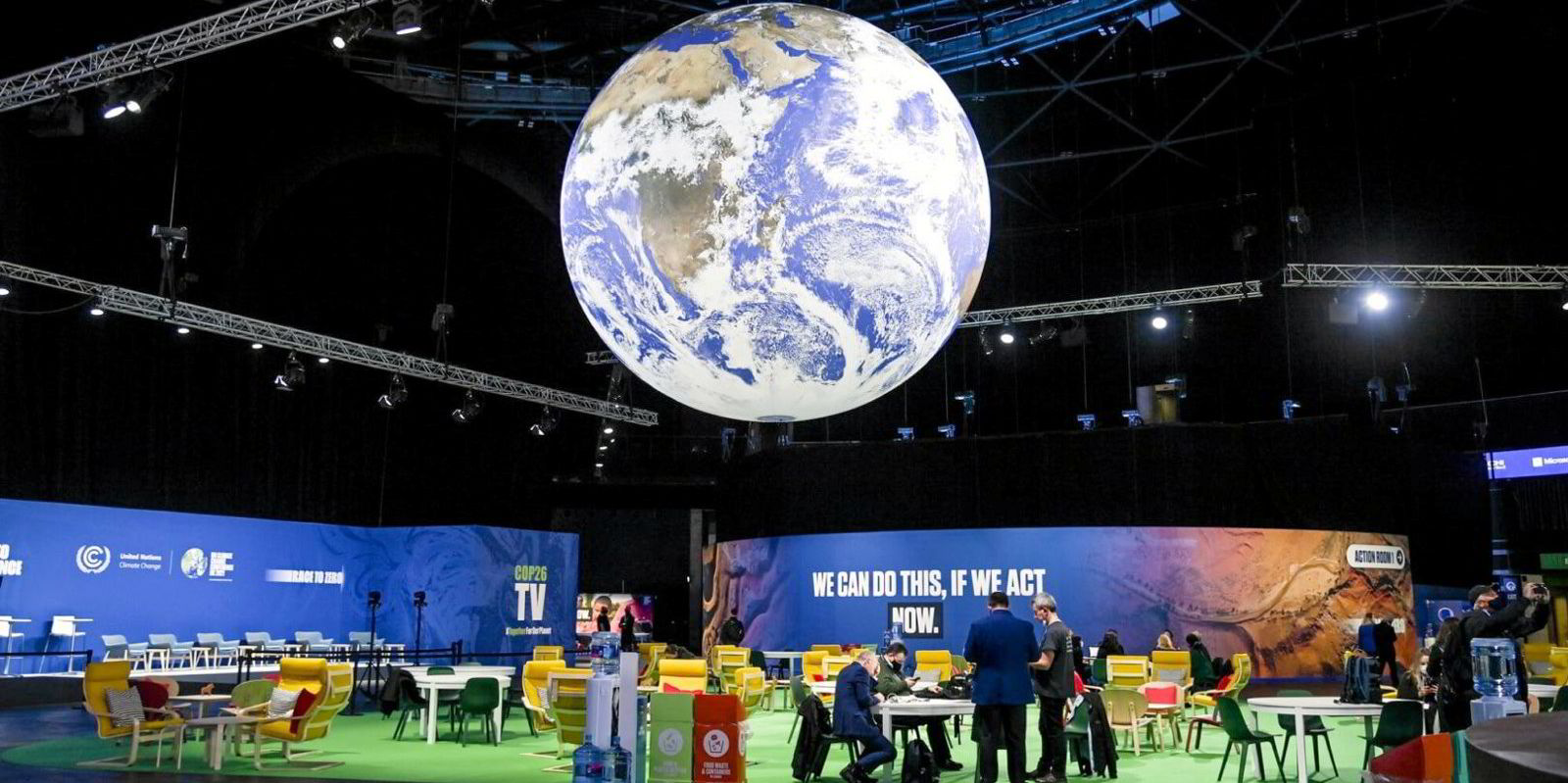The lack of transparency in one of the world’s most volatile markets has demonstrated the value of tanker pools, despite them being weakened by a rash of vessel sales, according to the chief executive of Maersk Tankers.
Christian M Ingerslev told TradeWinds that the 170-strong Maersk pool is securing rates on the spot market of between $20,000 and $90,000 because of current market volatility — making it harder for individual shipowners to make predictable and high earnings.
The Maersk pool has been cut by about 50 vessels from more than 220 vessels two years ago, as owners have taken advantage of buoyant asset prices to sell ageing ships amid uncertainty over the global economy, impending emissions regulations and impacts of Russia’s invasion of Ukraine.
New owners coming from other sectors, such as dry cargo, need more persuasion to join tanker pools where the practice is more widespread, Ingerslev said.
He added that new owners hesitating over joining pools were being influenced by the shipping equivalent of “pub talk”, boasting about salaries when it came to stories of sky-high earnings secured on the spot market by some owners.
No
“You only hear the good stories, and it’s no different in tanker shipping because there’s no transparency and no way of comparing,” Ingerslev said. “Essentially there are a few listed companies and not even all of them publish their TCE [time charter equivalent] numbers.”
He said it is hard to compare MRs, some of which are eco and scrubber-fitted, others on different parts of the dry-dock cycle and all of different ages.
“So it’s very difficult to compare — and consequently everyone believes that they win,” Ingerslev said. “The volatility in the market is such that we will not win every time — and you will always be compared to the one company that did the best. But it’s never the same person, it’s never the same company ... so it becomes quite a difficult conversation.”
About 16% of all tankers by fleet value are in pools, according to research by VesselsValue for TradeWinds, a percentage point down from 18 months ago.
Product pooling
The number is driven by product tankers, with 38% of LR1s by fleet value in pools. LR2s and MRs also have at least a quarter under pool commercial management, according to the data. The workhorse of the tanker fleet, the MRs, represent the highest value of tonnage in pools with some $18.5bn.
The statistics also show that the dirty fleet is less well covered with 13% to 17% of VLCCs, suezmaxes and panamaxes in pools by value of total fleet. The proportion falls to between 5% for handysize and small tanker operators.
Pooling is seen as a way to mitigate losses during a downturn in the tanker market — but its advocates say there are also significant opportunities during the good times.
Ingerslev said the European Union’s ban on seaborne imports of Russian refined oil products from 5 February is likely to increase tanker demand by 4%.
Liz Bossley, an expert witness for oil and shipping cases through her Consilience Energy Advisory Group, said pooling is a “no-brainer” in the current climate and with a traditionally fragmented market with lots of small players.
“Spreading risk is always a good idea and tanker pooling spreads risk,” she said. “Obviously lots of things can go wrong and you have to choose your partner wisely.”
The fall-out from Russia’s invasion of Ukraine is not the only risk.

“But changes in environmental legislation are a big argument for pooling your risk,” she said. “We have got the Sharm el-Sheikh COP27 [upcoming UN climate change talks]. What are they going to say about tanker freight? They will try to tighten it up.”
A pool can provide shipping companies economies of scale to reduce overheads and smooth out sharp downturns in the market with profits shared, based on the trading characteristics of each ship. Pooling can trim the time a ship is left waiting for a new fixture and limit the extent of ballast legs by broadening market opportunities.
Shipowners who stay out of pools are motivated by securing better rates, by tapping into established networks, or they operate outside of the mainstream market, moving Russian and other sanctioned crude that the pools will not touch.
“An MR voyage on average lasts 28 days,” Ingerslev said. “That means that your asset will be priced 12 times a year. You need to be extremely lucky that those 12 times a year are the right times.”
Read more
- CII isn’t perfect but it’s better than nothing, says Maersk Broker
- Leap in the dark: Tanker owners brace for upheaval over eco targets
- Ardmore chief: Product tanker rates could triple in reshuffle of Russian oil trades
- Green Seas: the newsletter on the environment and the business of the ocean
- Editor’s selection: Riding the shipping rollercoaster, Russia sanction pleas and the wacky world of Ned Sherwood




